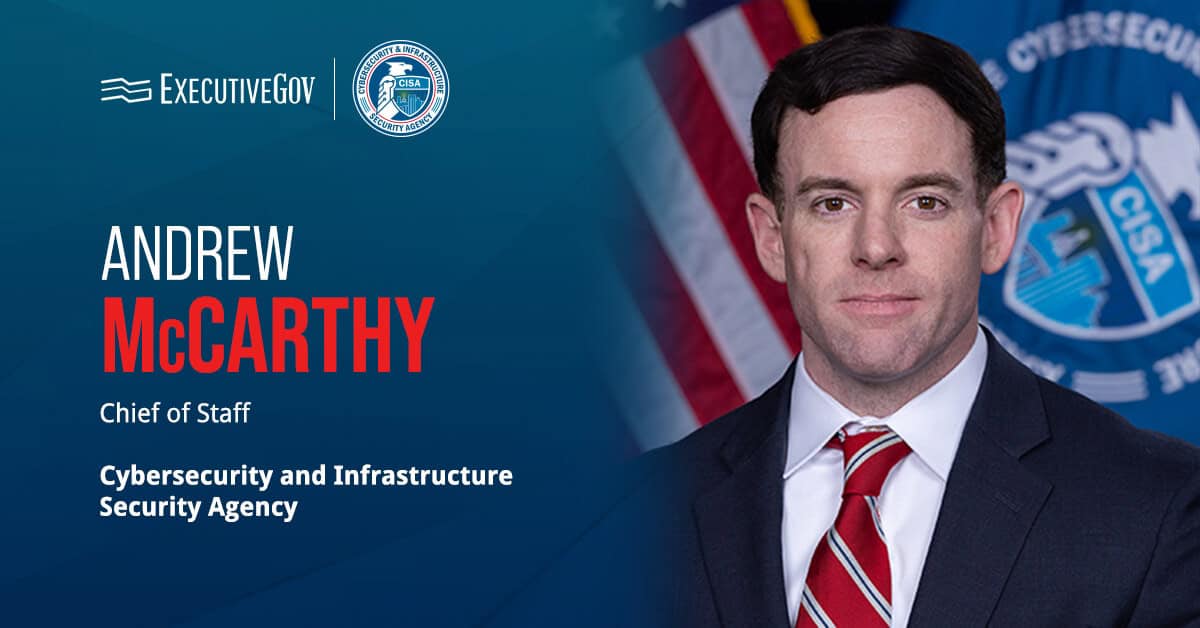
The Missile Defense Agency expects Lockheed Martin to fully deliver the Long Range Discrimination Radar this year, with the achievement of recent milestones.
The program already reached delivery milestones for the radar's first 10 antenna panels, Lockheed said Tuesday. The delivered panels make up half of the radar's antenna arrays. Each array measures 27 feet in height.
Lockheed prepared temporary structures to perform assemblies on schedule amid any weather conditions. The company's Solid State Radar Integration Site has already verified more than 66 percent of LRDR's technical requirements.
"We have successfully reduced a large amount of risk to ensure fielding of this critical capability on schedule in 2020,” said Chandra Marshall, who leads Lockheed’s missile defense and space surveillance radar programs.
LRDR is designed to help the military detect and track enemy ballistic missiles.





